If you’re researching minoxidil and finasteride together, you’re not alone. Thousands of men and women are using this combo to fight hair loss - and they’re asking the same questions over and over. Is it safe? Will it work for me? What happens if I stop? This isn’t theoretical advice. These answers come from real users, dermatologists, and clinical data tracked over the last five years.
What exactly are minoxidil and finasteride?
Minoxidil is a topical solution or foam you apply directly to your scalp. Originally developed as a blood pressure medication, doctors noticed patients grew thicker hair as a side effect. Today, it’s FDA-approved for treating androgenetic alopecia - the most common type of hair loss. It works by widening blood vessels in the scalp, which may help feed dormant hair follicles.
Finasteride is an oral pill taken once daily. It blocks the enzyme 5-alpha-reductase, which turns testosterone into dihydrotestosterone (DHT). High DHT levels shrink hair follicles over time, leading to thinning and shedding. By lowering DHT, finasteride stops this process in its tracks. It’s FDA-approved for men only, but some women use it off-label under medical supervision.
Used together, they attack hair loss from two angles: minoxidil wakes up follicles, and finasteride protects them from shrinking. This combo is the most effective non-surgical option backed by decades of research.
How long until I see results?
Patience isn’t optional - it’s required. Most people don’t notice changes until three to four months in. Between months four and six, shedding often slows, and fine, soft hairs start appearing. Real, noticeable thickening usually shows up between six and twelve months.
One 2023 study tracking 1,200 men using both drugs found that 83% saw improved hair density after one year. But here’s the catch: if you stop using either one, you’ll lose the gains within six to twelve months. This isn’t a cure. It’s maintenance.
Women using minoxidil alone often see results faster than men - sometimes as early as two months - because their hair loss pattern is different. Finasteride is rarely recommended for premenopausal women due to risks during pregnancy.
What are the side effects?
Side effects vary between the two drugs - and not everyone gets them.
Minoxidil usually causes mild scalp irritation: itching, dryness, flaking, or redness. Some users report unwanted facial hair growth, especially if the solution drips down. This is rare with foam formulations and avoidable by letting it dry completely before touching your face.
Finasteride has more serious but less common side effects. About 3-4% of men report decreased libido, erectile dysfunction, or reduced semen volume. These usually resolve after stopping the drug, but in rare cases, they persist. The FDA added a warning about this in 2021, but large-scale studies still show the benefits outweigh the risks for most users.
Depression and anxiety have been reported anecdotally, but no strong link has been proven. If you notice mood changes, talk to your doctor - don’t just quit.
Can women use minoxidil and finasteride?
Yes - but with major differences.
Minoxidil is FDA-approved for women in 2% and 5% strengths. Many women use the 5% version off-label with good results. It’s especially effective for female pattern hair loss, which often appears as thinning along the part line.
Finasteride is not approved for women of childbearing age because it can cause birth defects in male fetuses. Pregnant women or those planning pregnancy should avoid it completely. Postmenopausal women may use it under a doctor’s care, especially if blood tests show high DHT levels. Some dermatologists prescribe it with birth control as a precaution.
Spironolactone is often used instead of finasteride for women. It’s a diuretic that also blocks androgens and has shown solid results in clinical trials.
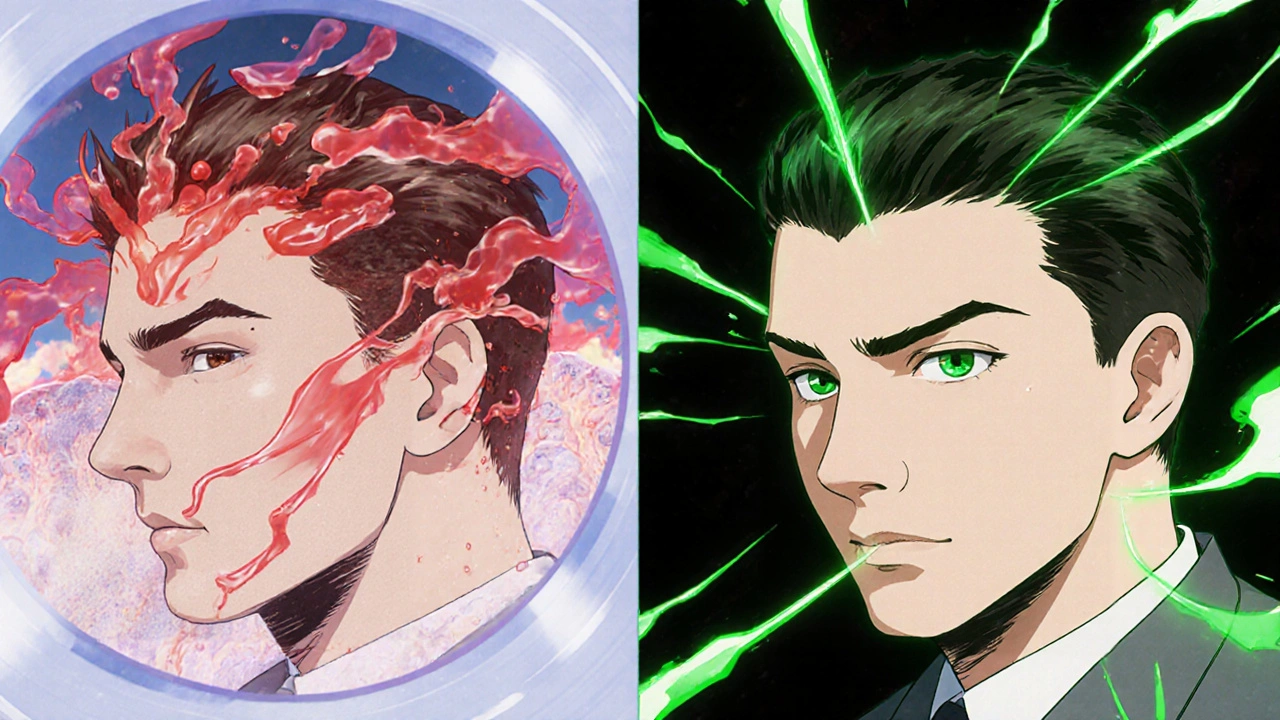
Do I need to use both drugs together?
You don’t need both - but using them together gives you the best shot at results.
Studies show that combining minoxidil and finasteride leads to significantly better outcomes than either one alone. A 2022 meta-analysis found users on both drugs had 40-50% greater hair density after one year compared to those using only minoxidil.
Some people start with minoxidil alone because it’s easier to get over-the-counter. If after six months they don’t see enough improvement, they add finasteride. Others start both at once - especially if their hair loss is moderate to severe.
There’s no magic formula. If you’re seeing good results with minoxidil only, you might not need finasteride. But if your hair is thinning quickly, combining them is the smartest move.
Can I use minoxidil and finasteride with other hair products?
Yes - but be careful about what you layer on top.
You can safely use gentle shampoos, conditioners, and styling products. Avoid anything with sulfates or harsh alcohols - they dry out the scalp and can make minoxidil less effective.
Some people add ketoconazole shampoo (like Nizoral) to their routine. It’s an antifungal that also has mild anti-DHT properties. A 2020 trial showed men using ketoconazole shampoo twice a week along with minoxidil and finasteride had 15% more hair growth than those using just the two drugs.
Don’t mix other topical treatments without checking with your doctor. Products with retinoids, salicylic acid, or high-strength peptides can irritate your scalp and interfere with absorption.
What happens if I miss a dose?
Missing one day won’t ruin your progress. But consistency matters more than perfection.
For minoxidil, apply it daily. If you miss a day, just skip it and resume the next day. Don’t double up - it won’t speed things up and might cause more irritation.
For finasteride, take it at the same time each day. If you forget, take it when you remember - even if it’s later in the day. If it’s almost time for your next dose, skip the missed one.
Studies show that users who take finasteride 80% of the time still get good results. But falling below 60% significantly reduces effectiveness. Set a phone reminder. Keep the pill next to your toothbrush. Make it part of your routine.

Is there a cheaper alternative to brand-name products?
Yes - and it’s not risky.
Generic minoxidil (5% solution or foam) works just as well as Rogaine. You can buy it at any pharmacy for under $20 a month. Same with finasteride: generic versions like Proscar (1 mg tablets) are widely available and cost as little as $10 per month with insurance.
Some online pharmacies sell compounded minoxidil with added ingredients like tretinoin or caffeine. These aren’t proven to be better - and they’re not FDA-regulated. Stick with trusted brands or generic versions from reputable pharmacies.
Be wary of “miracle” supplements claiming to replace finasteride. Saw palmetto, biotin, and pumpkin seed oil have weak or no evidence for reversing hair loss. They won’t hurt you, but they won’t stop DHT like finasteride does.
Can I stop using these drugs once my hair looks good?
Technically, yes. But you’ll lose the results.
Think of minoxidil and finasteride like brushing your teeth. You don’t stop because your teeth look clean - you keep going to keep them that way.
Once you stop finasteride, DHT levels return to normal within days. Hair loss resumes, often faster than before. Minoxidil’s effects fade over weeks to months. Most people notice shedding within 3-6 months after quitting.
Some users try tapering off - reducing frequency or dose slowly - to minimize shock. But there’s no proven method to maintain results without continued use. If cost or side effects are a problem, talk to your doctor about alternatives like low-dose finasteride or platelet-rich plasma therapy.
Does age affect how well these drugs work?
Yes - but not the way you might think.
Younger users (20s-30s) with early-stage thinning often see the most dramatic results. Their follicles are still alive and responsive. The earlier you start, the more hair you can preserve.
Older users (40s-60s) can still benefit, but results are usually more modest. If your scalp is mostly bald with no visible fine hairs, the drugs won’t regrow hair where follicles are completely dead. But they can still slow further loss and thicken remaining hairs.
One 2024 study found that men over 50 using both drugs maintained 85% of their hair density over five years - even if they didn’t regrow much. That’s still a win if you’re trying to avoid looking significantly thinner.
How do I know if this treatment is right for me?
Start by understanding your hair loss pattern.
Take a photo of your scalp in good lighting. Look for thinning at the temples, crown, or part line. If you’re shedding more than 100 hairs a day consistently, or your hair feels noticeably finer, it’s time to act.
See a dermatologist or trichologist. They can do a scalp biopsy or use a dermoscope to check if follicles are miniaturizing - the key sign of androgenetic alopecia. If it’s not that, other causes like thyroid issues, iron deficiency, or stress may be to blame.
Don’t self-diagnose. Many people think they have male pattern baldness when it’s really telogen effluvium - temporary shedding from illness, diet, or anxiety. Those cases often fix themselves with time and better nutrition.
If your diagnosis is confirmed, minoxidil and finasteride are the most reliable tools you have. They’re not perfect. But they’re the only ones proven to work long-term.
Can minoxidil and finasteride cause permanent side effects?
For most people, side effects like lowered libido or scalp irritation go away after stopping the drugs. A small number of men report persistent sexual side effects after stopping finasteride - known as post-finasteride syndrome. This is rare and still being studied. If you experience lasting issues, consult a specialist. There’s no proven cure, but some patients improve with time and supportive care.
Is it safe to use minoxidil and finasteride long-term?
Yes. Both drugs have been used safely for over 30 years. Long-term studies show no increased risk of cancer, liver damage, or heart problems. Finasteride may slightly increase the risk of high-grade prostate cancer, but this is debated and extremely rare at the 1 mg dose used for hair loss. Regular check-ups with your doctor are still recommended, especially if you’re over 50.
Will minoxidil and finasteride work for a receding hairline?
Yes - but results vary. The frontal hairline is harder to treat than the crown. Many users see some thickening at the temples, but full regrowth is less common. Starting early gives you the best chance. If your hairline has been receding for over five years with no visible fine hairs, expect slower, more modest improvement.
Can I use these drugs if I have high blood pressure?
Minoxidil was originally a blood pressure drug, but the topical version used for hair loss doesn’t significantly affect blood pressure. It’s generally safe for people with hypertension. Finasteride has no effect on blood pressure. Always tell your doctor about all medications you’re taking, especially if you’re on multiple prescriptions.
Do I need a prescription for minoxidil and finasteride?
Minoxidil is available over-the-counter in most countries, including Australia and the U.S. Finasteride requires a prescription. You can get it from your doctor, a telehealth service, or an online pharmacy with a consultation. Never buy finasteride from unverified websites - counterfeit pills are common.
If you’ve been waiting to start because you’re afraid of side effects or unsure if it’ll work - now’s the time. Hair loss doesn’t reverse itself. The longer you wait, the fewer follicles you have left to save. Minoxidil and finasteride aren’t magic. But they’re the closest thing we have.

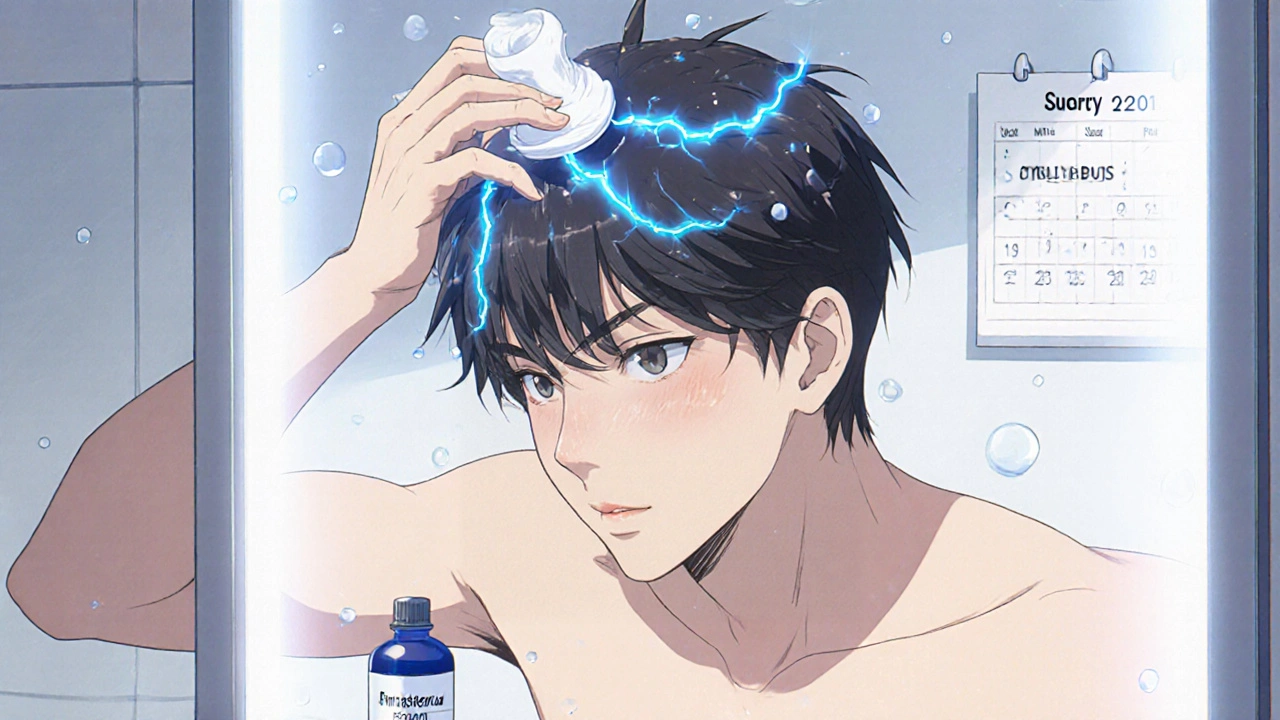
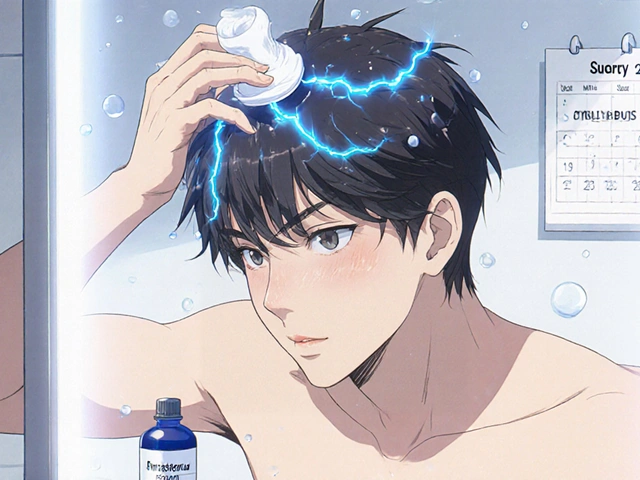
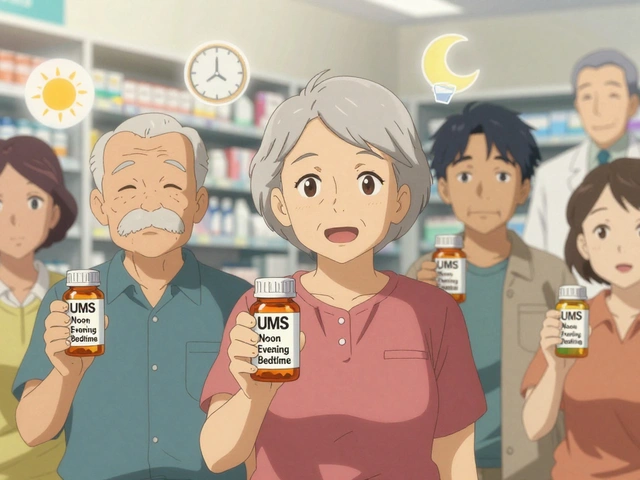


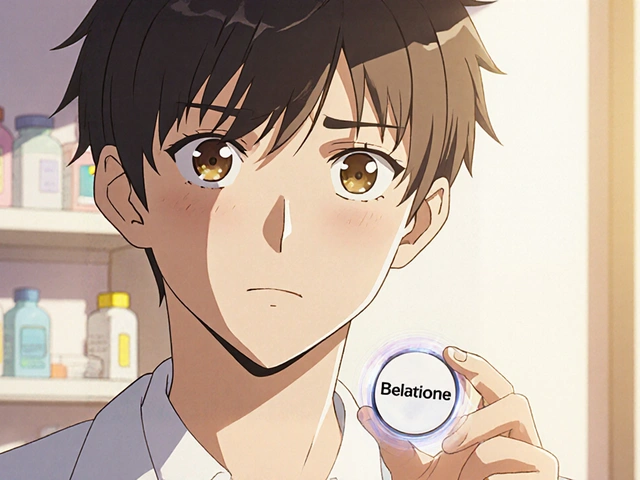
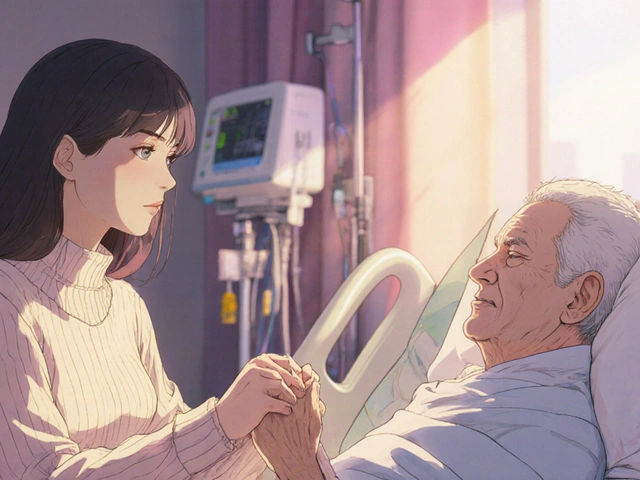
Comments
Of course the FDA says it's safe. They also said thalidomide was fine for morning sickness. Who do you think funds all these 'clinical studies'? Big Pharma owns the dermatologists, the journals, and your local pharmacy. They don't want you to know that minoxidil was originally designed to make astronauts grow hair in zero-G. It's all a distraction while they sell you $50 bottles of water with dissolved chemicals. You're not treating hair loss-you're funding a billion-dollar placebo experiment.
Look, I get it-hair loss feels like a personal betrayal, like your body’s staging a coup. But here’s the thing: minoxidil and finasteride aren’t magic wands, they’re tools. And like any tool, they require consistency, patience, and a little humility. I started both at 28, thinning like a balding cartoon character. Three months in? Nothing. Six months? A few fuzzy peach fuzz hairs that made me cry. By year one? My crown looked like it had been reseeded by a very diligent gardener. It didn’t happen overnight. It didn’t happen without scalp irritation, anxiety, and nights wondering if I was turning into a human lab rat. But here I am, five years later, still using both, still not bald, and still grateful every morning when I look in the mirror and don’t see a windshield. This isn’t about vanity. It’s about not letting a hormone dictate how you see yourself. You don’t have to love the process-you just have to stick with it.
They call it 'androgenetic alopecia'-but let’s be real, this is colonial scalp genocide. Western medicine sells you pills to fix what capitalism broke. You think your hair is falling out because of DHT? No. It’s because your ancestors were colonized, your food is processed, your water is fluoridated, and your mind is poisoned by Instagram influencers selling $200 serums. I’m Indian, and in my village, grandmothers used amla oil and neem paste. No pills. No prescriptions. Just nature. Now we’re told to swallow a pill that makes us impotent so we can look like a 25-year-old model? I’d rather be bald and free than a corporate drone with a full head of chemically-maintained hair. Finasteride is not a solution-it’s a surrender to the patriarchy’s beauty standards. Wake up.
The assertion that minoxidil and finasteride constitute the 'most effective non-surgical option' is empirically supported by peer-reviewed literature, including longitudinal studies published in the Journal of the American Academy of Dermatology and the British Journal of Dermatology. However, the conflation of correlation with causation in user testimonials is methodologically unsound. Furthermore, the omission of confounding variables-such as concurrent nutritional supplementation, stress levels, and genetic heterogeneity-undermines the clinical generalizability of the presented data. One must exercise rigorous epistemological caution before endorsing pharmacological interventions as definitive solutions to multifactorial physiological phenomena.
so i tried minoxidil for 3 months and my scalp looked like a zombie apocalypse and i started crying in the shower every night. then i tried finasteride and i felt like my libido got kidnapped by aliens. now i just wear hats and pretend i’m going through a ‘phase’. honestly? i think my hair just needed a vacation.
Many users underestimate the importance of baseline assessment before initiating therapy. A 2023 meta-analysis in *Dermatologic Therapy* showed that patients who underwent trichoscopy prior to treatment had a 40% higher likelihood of achieving clinically significant results. Minoxidil response correlates strongly with follicular density in the frontal region, while finasteride efficacy is most pronounced in individuals with elevated serum DHT levels. Additionally, topical adherence is critical-studies indicate that applying minoxidil to a dry, clean scalp increases absorption by up to 68% compared to application over sebum or styling product residue. For women, the 5% formulation is not merely 'off-label'-it’s the standard of care for female pattern hair loss, and efficacy is comparable to male response when used consistently. Lastly, concurrent use of ketoconazole shampoo isn’t just beneficial-it’s evidence-based adjunctive therapy. Don’t skip the basics.
Let’s deconstruct this pharmacological charade. Minoxidil is a vasodilator-its mechanism is non-specific and non-targeted. Finasteride inhibits 5α-reductase type II, but at the 1mg dose, it only achieves ~70% inhibition, leaving residual DHT to exert follicular toxicity. The synergy claim is statistically significant but clinically marginal. Moreover, compliance rates in real-world settings are below 40% at 12 months. The data is cherry-picked: studies exclude dropouts, ignore psychological sequelae, and normalize lifelong dependency as 'maintenance.' This isn’t medicine-it’s a subscription model disguised as a cure. True intervention requires systemic hormonal and metabolic recalibration, not topical band-aids and daily pills. You’re not treating hair loss-you’re managing pharmaceutical dependency.
Just a little heads-up-I started minoxidil after reading this and I swear I saw a tiny baby hair pop up after 6 weeks! It’s like magic, but science magic. I’ve been using the foam now because the liquid made my forehead itchy, and I added a scalp massage with rosemary oil (just because it smells nice). Also, I read somewhere that vitamin D helps, so I’m taking 5000 IU daily. Not saying it’s the reason, but my hair feels thicker? Maybe it’s placebo, maybe it’s real, but hey-I’m not mad at it. Also, don’t forget to hydrate. Water is important. I know, I know, everyone says that. But seriously. Drink more water.
Okay, but what if you’re 22 and your hair is thinning because you’re stressed from college and eating ramen every day? Do you really need pills? I tried minoxidil for a month and it felt like my scalp was on fire. Then I just started sleeping 8 hours, eating greens, and walking outside. Two months later, my hair stopped shedding like crazy. I still have a thin spot, but I don’t panic anymore. Maybe the real treatment isn’t in a bottle-it’s in your daily choices. We’re so quick to reach for a pill when the answer might be a nap, a walk, or a conversation with someone who gets it. Just saying.
There’s a quiet tragedy in the modern pursuit of hair: we treat it as a symbol of vitality, when in truth, it’s merely a biological afterthought. The body sheds what it no longer needs-not as punishment, but as adaptation. To fight it with chemicals is to wage war against entropy itself. Yet, in our fear of aging, we become prisoners of aesthetics. Finasteride doesn’t restore youth-it postpones the inevitable. Minoxidil doesn’t revive life-it stimulates a temporary illusion of it. Perhaps the real question isn’t whether these drugs work, but why we feel so compelled to make our scalps conform to an ideal that nature never intended. The hair will fall. The scalp will show. And perhaps, in that vulnerability, we find something more authentic than any follicle ever could.
bro i just got my first dose of finasteride today and i already feel like my brain is melting 😭 i’m gonna start with minoxidil tomorrow but if i start crying during my morning coffee i’m blaming the science. also i saw a guy on tiktok who said he grew hair back with a potato mask?? idk man i’m confused now. also why is this so expensive?? i thought it was just a lotion and a pill?? why is it like buying a car?? 🤡